World's oldest surviving clipper ship being restored in Adelaide after sinking in Clyde
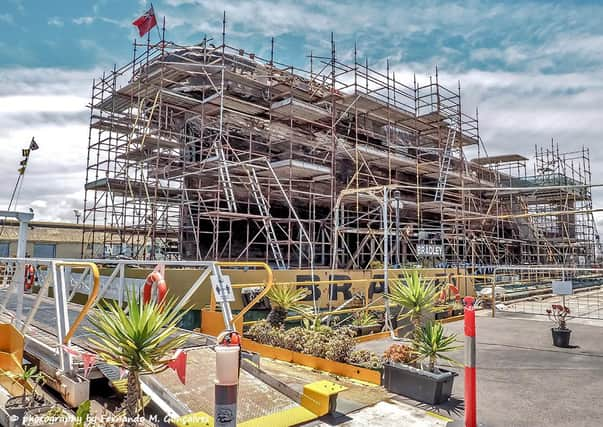

The pictures by Fernando M Gonçalves show scaffolding cladding the 156-year-old vessel in the latest stage of the project.
It is due to be moved from its temporary home on a barge onto land in a year’s time to become the centrepiece of a new maritime heritage attraction in Adelaide harbour.
Advertisement
Hide AdAdvertisement
Hide AdThe move comes after the ship was transported to Australia in 2014 after the Scottish Maritime Museum in Irvine was unable to secure its future, almost 25 years after it sank in Glasgow.
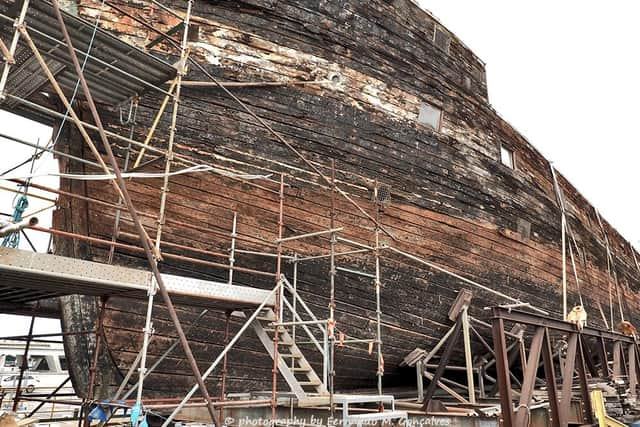

Peter Christopher, director of Clipper Ship City of Adelaide, which owns the vessel, told The Scotsman: “The ship is in remarkably sound condition, with most of its iron frames intact and its hull timbers still solid.
"The few hull planks that had sprung were pulled back into place.
"Apart from tidying up little external work has been undertaken, with the main focus being internal.
"After cleaning overhead iron frames, painting of the port side is now well advanced, taking them back to the original green – eau de Nil. water of the Nile.
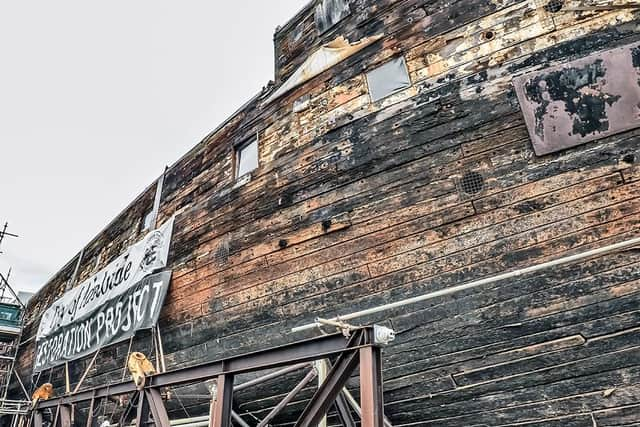

"This is an important restoration activity, which at the same time adds great interest for visitors.
"Deck timbers have been temporarily covered to provide an even walking space, with repairs of some timbers that need replacing a longer term project.
"It is planned to move the ship in about 12 months, where it will form the centrepiece of a historic seaport village.
Advertisement
Hide AdAdvertisement
Hide Ad"Once the ship is on land, where it can be accessed by cranes, the focus will move to external work, including masts.


"All work is undertaken by volunteers, with the speed of work undertaken determined by the availability of volunteers and the generation of income.”
City of Adelaide was built in Sunderland in 1864 to take migrants from Europe to Australia and made 23 trips from London and Plymouth to Adelaide, returning with wool and copper.
The group which has now opened the ship to the public in Adelaide said nearly 250,000 Australians could trace their ancestry to its passengers.
The ship jointly held the record for sailing between London and Adelaide in 65 days before retiring from the service in 1887 as steam ships took over.
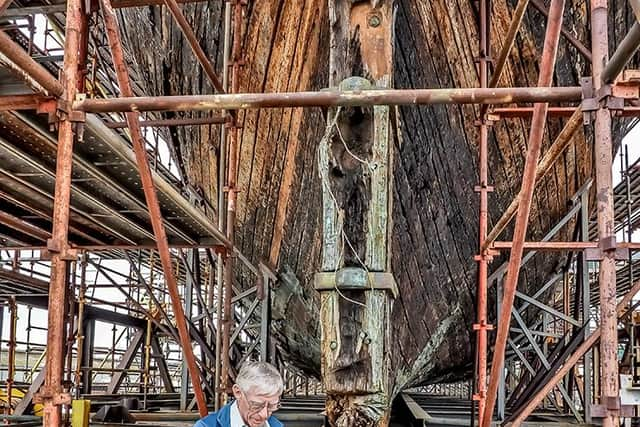

City of Adelaide was sold for use in the north American timber trade, where it worked for six years as a cargo ship.
It then served for 30 years as an isolation hospital near Southampton before being taken over by the Royal Navy for use as a drill ship in Greenock in 1923.
The ship was renamed HMS Carrick to avoid confusion with the newly-commissioned Royal Australian Navy cruiser Adelaide.
Advertisement
Hide AdAdvertisement
Hide AdIn 1948, the ship became floating clubrooms for the Royal Naval Volunteer Reserve Club, and was moored at various locations on the Clyde in Glasgow city centre.
A trust took over the vessel in 1990 after the club could no longer afford to maintain it, but the ship sunk in mysterious circumstances the following year.
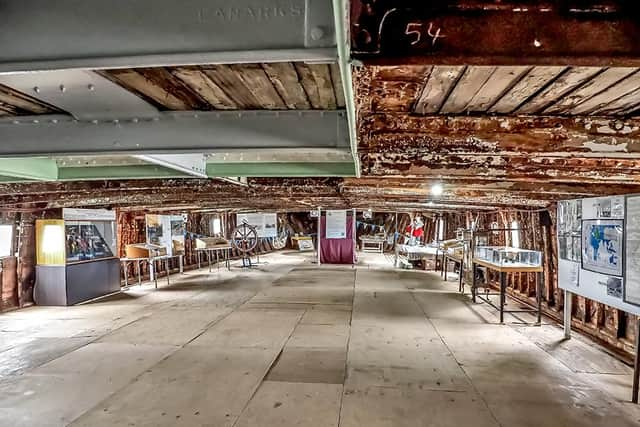

The ship was salvaged in 1992 and moved to a slipway at the Scottish Maritime Museum in Irvine.
However, the museum could not afford to refurbish the ship and applied to demolish it to save parts of the vessel.
That triggered a campaign to relocate the vessel to its namesake city, which beat a rival bid from campaigners in Sunderland.
The ship had been regarded as unrecoverable due to the silted river and protected wetland areas around its berth in Irvine.
However, engineers in Australia created a steel cradle to enable the ship to be rolled across a temporary bridge over the river and onto a low-draft barge.
That was used to transfer the vessel to London in 2013, where the Duke of Edinburgh formally restored it to its original name of City of Adelaide.
Advertisement
Hide AdAdvertisement
Hide AdThe clipper was taken in the hold of a cargo ship to Adelaide the following year.
In 2010, the duke described its plight as "hideous" and appealed for help to restore it to its former glory.
He said: "We've still got a hideous problem with the City of Adelaide, which belongs to the Scottish Maritime Museum but is caught in a trap.
"Because it was falling to bits, they pulled it out of the water and it's now become a listed building.
"But they can't raise the money to do anything about it. You can't seem to concentrate the interest. It's a great pity."
On arrival in Port Adelaide, the ship was placed onto an 80m barge as a temporary home.
The first 12 months after its Adelaide arrival were spent cleaning the inside of the ship and making it safe for visitors.
This included removal of carcinogenic lead paint from the iron frames.
Advertisement
Hide AdAdvertisement
Hide AdMr Christopher said: As a volunteer, non-government funded body, a focus on income generation was vital.
"Accordingly, the main passenger deck inside the ship was made safe and displays progressively installed in order to attract paying visitors.
"The large space [on a lower deck] is also used for fundraising activities such as concerts and dinners.
"The enormous cargo hold is now accessible to visitors, having been extensively cleaned and a walkway installed two years ago.
"Once the ship is moved from the barge onto adjoining land at Dock Two, it is proposed to refit the rudder.
A message from the Editor:
Thank you for reading this article.
We're more reliant on your support than ever as the shift in consumer habits brought about by coronavirus impacts our advertisers.
If you haven't already, please consider supporting our trusted, fact-checked journalism by taking out a digital subscription.
Comments
Want to join the conversation? Please or to comment on this article.
